How To Design A Brochure To Market Your Small Business
In the age of digital advertising, one print medium remains timeless: the brochure. Whether you're promoting a local event, introducing a new product, or spreading the word about your business, brochures are a tried-and-true marketing tool. Unlike fleeting digital ads, a brochure offers something tangible—something your audience can hold, keep, and revisit. They serve as a lasting reminder of your brand, sitting on coffee tables, desks, or in wallets long after an online ad has been scrolled past.
For small businesses, brochures can be the bridge between catching someone’s attention and securing their loyalty. They’re versatile, allowing you to communicate your brand story, highlight your services, and showcase what makes your business unique—all in a compact, visually engaging format. Plus, brochures are cost-effective, making them ideal for businesses with tight marketing budgets. Whether you distribute them at events, hand them out at your store, or include them in mailers, the right brochure can significantly boost your visibility.
With the right design, your brochure can leave a lasting impression and drive real results. In this guide, we'll walk you through designing a brochure that captivates, communicates, and converts. If you're searching for a brochure designer in Kolkata or exploring DIY options, this post has actionable insights for every step of the process. Let’s dive in.
Why Brochures Still Matter for Small Businesses
Despite the rise of digital marketing, brochures remain highly effective. Here’s why:
- Tangibility: A well-crafted brochure gives people something physical to hold, creating a sense of trust and permanence.
- Localized Marketing: Distributing brochures at local events, businesses, or through direct mail is an excellent way to connect with your immediate audience.
- Cost-Effective Advertising: Brochures offer an affordable way to promote your business, especially compared to recurring digital ad costs.
- Brand Reinforcement: A beautifully designed brochure showcases your professionalism and solidifies your brand’s identity.
A strategically designed brochure can boost brand awareness, drive foot traffic, and encourage purchases. Now, let’s discuss how to create one that works for your business.
1. Understanding Your Audience and Goals
Identifying Your Target Audience
Every business has a specific audience. Knowing yours ensures your brochure resonates. Here’s how to identify them:
- Who are they? Are they families, students, professionals, or retirees? Your target market influences everything—from the images you use to the tone of your text.
- What do they need? Understand their pain points. A fitness studio might target individuals seeking a healthier lifestyle, while a café might appeal to people craving cozy spaces and good coffee.
- Where will they see the brochure? Are you handing them out at trade shows, including them in mailers, or placing them in local stores? Distribution impacts design choices.
Setting Clear Marketing Goals for Your Brochure
Your brochure design must align with a well-defined purpose to deliver maximum impact. Before starting the design process, ask yourself: What do I want this brochure to achieve? Clear goals will shape the content, structure, and style of your brochure, ensuring it resonates with your target audience and delivers results.
Consider the various purposes a brochure might serve:
- Promoting an event: If you’re hosting a local farmers' market, your brochure should focus on the event’s date, location, and highlights. Use vibrant visuals of fresh produce and cheerful market-goers to draw attention.
- Driving website traffic: Include engaging snippets of information that spark curiosity and guide readers to your website for full details. QR codes and short URLs work great here.
- Launching a new product or service: Highlight its unique features and the value it provides. Include customer testimonials or success stories if possible.
Once you’ve set a goal, tailor the design and messaging accordingly. Avoid cramming too much information. Stay focused on the action you want readers to take, whether that’s calling your business, visiting your website, or attending an event. A clear and specific goal helps maintain consistency throughout your brochure, ensuring it serves as a purposeful marketing tool.
The Importance of Messaging
The message in your brochure is just as critical as its design. It needs to be sharp, compelling, and aligned with your audience’s needs. A strong message captures attention and guides readers to take action. Here’s how to craft a winning message:
Start with your USP (Unique Selling Proposition): Your USP is what sets you apart from competitors. It’s the reason customers should choose your business. For example, if you’re a bakery that uses only organic ingredients, make that a focal point of your brochure.
Speak their language: Use words and phrases that resonate with your audience. Steer clear of jargon or overly formal language. Write as if you’re having a friendly conversation. A simple and relatable tone is often more effective.
Focus on benefits, not features: Highlight how your product or service solves problems or adds value. Instead of saying, “Our coffee beans are sourced from Colombia,” emphasize, “Enjoy rich, aromatic coffee that makes every morning feel special.”
Include a call to action (CTA): Encourage readers to act immediately. Phrases like “Visit us today for exclusive offers” or “Call now for a free consultation” create urgency and clarity.
By centering your messaging on the customer and their needs, you create a brochure that doesn’t just inform but persuades and inspires action.
2. Key Elements of Brochure Design
Now that you’ve identified your audience and goals, it’s time to think about design.
Choosing the Right Layout and Structure
Brochures come in many formats, each suited to different types of content and marketing goals. Picking the right layout can make or break your brochure's effectiveness. A well-structured design not only looks professional but also ensures the information is easy to read and absorb. Here are some of the most popular brochure formats and when to use them:
- Trifold: This format divides the brochure into three equal panels, providing a clear structure for organizing information. It’s perfect for businesses that need to share details in bite-sized chunks, like menus, service lists, or quick introductions to a brand.
- Bifold: With just two panels, bifold brochures offer simplicity and sophistication. They’re ideal for showcasing a specific product, event, or service with visuals that make an impact. Think of them as compact catalogs or elegant invitations.
- Z-fold: This design unfolds like a zigzag, creating a dynamic storytelling effect. It’s a great option for step-by-step guides, timelines, or marketing campaigns where each panel builds on the previous one.
- Gatefold: As the name suggests, this format opens like a gate, creating an element of surprise. Often used for premium branding or exclusive promotions, gatefold brochures make a strong impression.
Maintaining Brand Consistency
Maintaining brand consistency in your brochure is essential to reinforce your identity and build trust with your audience. A cohesive look across all marketing materials ensures that customers can easily recognize your business, whether they see your brochure, website, or social media posts.
Start by incorporating your brand’s visual elements. Use your brand colors strategically throughout the brochure to create a consistent theme. For example, if your brand’s colors are blue and white, use these hues for backgrounds, headings, and accents. Avoid introducing colors that aren’t part of your branding, as they can dilute your identity.
Consistency should extend to your tone and messaging as well. If your brand voice is friendly and approachable, the language in your brochure should match that tone. This ensures that your audience feels a seamless connection between your brochure and your other marketing materials.
Finally, make sure that any images or graphics used in the brochure align with your brand’s personality. For example, if your brand promotes eco-friendly products, include imagery of nature, clean aesthetics, or sustainable themes. The visuals should reflect the same style and quality as those on your website and social media channels.
Typography: Legible and Professional
Typography plays a crucial role in making your brochure readable and visually appealing. The fonts you choose can set the tone for your brand and help guide readers through your content. Selecting the right typography ensures your brochure looks polished and communicates effectively.
Start with legibility as your top priority. Use clean, professional fonts that are easy to read at a glance. Avoid overly decorative or script fonts for body text, as they can strain the reader’s eyes. For headlines and subheadings, you can use bolder or more creative fonts to grab attention, but ensure they align with your brand identity.
Typography should also match the tone of your message. For example, a financial advisor might use sleek and formal fonts to convey trust and professionalism. In contrast, a daycare might use playful and rounded fonts to reflect a friendly, child-focused tone.
Lastly, don’t forget the call-to-action (CTA). Use a bold font or contrasting color for CTAs to ensure they stand out. For example, “Visit Our Website Today” or “Call Now” should be noticeable at first glance, guiding the reader toward the next step.
Images and Graphics
Images and graphics are some of the most powerful elements in your brochure. They grab attention, convey emotions, and enhance understanding of your content. Choosing the right visuals can make your brochure not only more appealing but also more effective at communicating your message.
Every image should align with your brochure’s message. If you’re promoting an eco-friendly product, choose visuals that emphasize sustainability, like lush greenery or nature-focused imagery. Avoid using stock photos that feel generic or overused; they can make your brochure seem impersonal.
Graphics, such as icons or infographics, can simplify complex information. For example, a brochure explaining health benefits could use icons to represent different vitamins or wellness tips. Infographics are especially useful for presenting statistics or step-by-step processes in an engaging, easy-to-digest format.
When incorporating visuals, ensure they don’t overpower your text. Strike a balance between imagery and content by giving each section enough breathing room. White space around images can help keep the design clean and uncluttered.
3. Crafting Effective Content for Your Brochure
Crafting Attention-Grabbing Headlines and Taglines
Your headline is the first thing readers notice, so it must grab attention immediately. A strong headline piques curiosity and sets the tone for the rest of the brochure. It should be bold, concise, and directly address your audience’s interests or needs. For example, instead of a generic headline like “Our Products,” use something more engaging, such as “Transform Your Space with Elegant Furniture.”
The tagline, which supports your headline, should reinforce your message and communicate your unique value proposition. A memorable tagline stays with readers long after they’ve put the brochure down. For instance, “Comfort Meets Style” is a great tagline for a furniture brand that blends functionality with aesthetics. Use action-oriented language to encourage the reader to explore further.
Writing Persuasive Copy
The body copy of your brochure should be clear, concise, and engaging. The goal is to communicate your value effectively while keeping your audience interested. Start by understanding your readers’ needs and addressing them directly. Use conversational language that feels personal and approachable.
Focus on benefits rather than features. Features describe your product or service, but benefits explain how it improves the customer’s life. For example, instead of saying, “Our air purifiers have HEPA filters,” emphasize, “Breathe cleaner, healthier air with our state-of-the-art purifiers.” This shifts the focus to the customer’s well-being, which is far more compelling.
Break up large blocks of text with bullet points or short paragraphs to make the content easier to skim. Each section should flow logically, guiding the reader toward a clear call-to-action (CTA). For instance, after highlighting benefits, include a line like, “Call us today to experience the difference!” to nudge readers toward the next step.
Incorporating Testimonials and Social Proof
Trust is a key factor in converting potential customers, and testimonials are one of the best ways to build it. Including real quotes from satisfied customers lends credibility to your brochure. Choose testimonials that highlight specific benefits or results your business has delivered. For example, “Thanks to [Company Name], my sales have tripled in just three months!” is far more impactful than a generic “Great service!”
Where possible, pair testimonials with visuals, like a photo of the happy customer or a related product. If your business has received awards, certifications, or high ratings, display these prominently as well. They provide additional proof that you deliver on your promises.
If you don’t have customer testimonials yet, consider asking your top clients for feedback or including a short review request in your follow-up emails. Make sure to gain permission before publishing any quotes.
Contact Information and Next Steps
Your brochure must make it easy for readers to take the next step. Include all relevant contact details, such as your phone number, email address, physical location, and website. If your business is active on social media, list your handles or include QR codes that link directly to your profiles.
Placement is crucial—contact information should be easy to spot. Typically, it’s best to include it on the back panel of the brochure, but you can also feature it in a prominent section if taking action is a key focus. For example, a CTA like “Visit our showroom today!” followed by your address ensures readers know exactly where to go.
Also, provide specific instructions on what to do next. Whether it’s visiting your website, calling for a consultation, or attending an event, make the action clear and compelling. Adding an incentive, such as “Mention this brochure for a 10% discount,” can further motivate readers to respond.
4. Design Principles for Maximum Impact
White Space and Readability
White space, or negative space, is the unmarked area of your brochure’s layout. It’s not just empty space—it’s a powerful design tool that enhances readability, improves focus, and creates a clean, professional appearance. Without sufficient white space, your brochure can feel cluttered, making it difficult for readers to navigate and absorb information.
Strategically placed white space draws attention to key sections of your brochure. For example, leave ample space around headings, subheadings, and CTAs (calls-to-action) to make them stand out. White space can also be used to separate distinct sections, helping readers quickly identify where one idea ends and another begins. This makes your brochure easier to skim, especially for busy readers who glance through content.
White space also improves balance and harmony in your design. It allows the eye to rest, preventing information overload. Too much text or too many visuals in one area can overwhelm the reader, so it’s important to space elements evenly.
Finally, white space plays a crucial role in branding. A minimalist design with plenty of white space can convey sophistication and elegance, while a denser layout might suit brands aiming for vibrancy and energy.
Color Psychology
Colors are not just decorative—they evoke emotions and influence decisions. When used strategically, color can reinforce your brand message, guide the reader’s focus, and evoke desired feelings. Understanding the psychology behind colors helps you choose a palette that resonates with your audience.
Here’s a breakdown of some common color meanings:
- Blue: Symbolizes trust, stability, and calm. It’s often used by healthcare providers, banks, and tech companies to instill confidence.
- Green: Represents growth, eco-friendliness, and health. This is a go-to choice for wellness brands, organic products, and environmental campaigns.
- Red: Evokes passion, energy, and urgency. It’s great for creating excitement or drawing attention to promotions and CTAs.
- Yellow: Communicates happiness and optimism, often used by brands that want to appear cheerful and approachable.
- Black: Suggests luxury, sophistication, and power. Perfect for high-end or formal brands.
Beyond individual colors, the way you combine them matters. Use complementary colors (those opposite each other on the color wheel) for a vibrant contrast that catches the eye. Analogous colors (those next to each other) create harmony and subtlety. Your choice should depend on your brochure’s tone and objectives.
Contrast and Visual Hierarchy
Contrast and visual hierarchy are fundamental for guiding your reader through the brochure. Without them, the design can appear flat, causing important information to get lost in the shuffle. These principles help prioritize content, ensuring that the most critical elements catch attention first.
Contrast involves differences in color, size, font, or layout to create distinction. For example, a bold, brightly colored CTA button will naturally stand out against a neutral background, directing the reader’s focus to the desired action. Similarly, using a light-colored font on a dark background can create striking visual interest.
Visual hierarchy, on the other hand, organizes elements based on their importance. Start with a clear and prominent headline at the top, followed by subheadings, body text, and CTAs in descending order of emphasis. Larger font sizes and bold styles naturally attract attention, while smaller text conveys supporting details.
Use placement and alignment to guide the reader’s eye. For instance, place images next to CTAs to encourage readers to focus on the action. Arrange information in logical sections so readers can flow through the brochure effortlessly.
5. Digital vs. Print: Best Practices for Both
Designing for print requires a meticulous approach to ensure your brochure looks as polished on paper as it does on your screen. A poorly printed brochure can diminish your brand's credibility, so focus on high-quality production.
First, always design in CMYK color mode. This mode is specifically for print and ensures your colors translate accurately from digital to physical form. Avoid using RGB, as colors may appear differently when printed.
Resolution is another key factor. Ensure all images and graphics are at least 300 DPI (dots per inch) to maintain sharpness and clarity. Lower resolutions can result in blurry or pixelated visuals, which can give your brochure an unprofessional look.
Also, pay attention to bleed and trim areas. Bleed ensures that images or backgrounds extend beyond the edges of the page, preventing unwanted white borders. Typically, a bleed of 3-5mm is standard. Trim marks guide the printer on where to cut, ensuring a clean and precise finish.
Finally, choose the right paper type and finish. Heavier paper stocks (e.g., 170-300 GSM) give your brochure a premium feel. Decide between glossy, matte, or satin finishes depending on your brand's style. Glossy paper is vibrant and eye-catching, while matte offers a sophisticated, understated look.
Designing for Digital
Digital brochures are a versatile and eco-friendly option that allows for easy distribution and engagement. However, designing for digital platforms requires considerations beyond print design to ensure compatibility and functionality across devices.
Start by saving your brochure in a PDF format. PDFs are widely compatible, retain high-quality visuals, and ensure that your layout stays intact, regardless of the device or software used to view it.
Make your digital brochure interactive by adding clickable elements. Incorporate hyperlinks for website URLs, email addresses, or even social media handles. Include a clickable call-to-action (CTA), such as “Click here to book an appointment,” to make it easier for readers to take action instantly.
Consider the readability of your design on screens. Use larger font sizes (at least 14pt for body text) and ensure there’s sufficient contrast between text and background colors. This improves visibility on both desktop and mobile devices.
For added engagement, include multimedia elements like embedded videos, animations, or audio clips. For example, a video showcasing your product or service can provide a more dynamic and informative experience than static images alone.
Finally, optimize your file size. Large PDFs with high-resolution images can take time to load or email. Compress the file without compromising quality for faster downloads and easier sharing.
6. Printing and Distribution Tips
Selecting the right printer is a crucial step in ensuring your brochure looks professional and aligns with your brand’s quality standards. Start by researching local printing services and comparing their offerings. Look for a printer with a reputation for reliability, high-quality output, and excellent customer service. Online reviews and recommendations from other businesses can be helpful in making your choice.
When discussing your project with a printer, inquire about their paper stock options. Heavier paper stocks (e.g., 170-300 GSM) give your brochure a sturdier, premium feel, which can enhance your brand's credibility. You’ll also need to choose between glossy, matte, or uncoated finishes. Glossy paper makes colors pop, perfect for vibrant designs, while matte provides a subtle, sophisticated look.
Don’t forget to ask for samples of previous work. This allows you to evaluate the printer's quality firsthand and ensure it matches your expectations. Additionally, clarify turnaround times, especially if your brochures are for an event or campaign with a strict deadline.
Effective Distribution
The success of your brochure doesn’t end with its design and printing—it also depends on how and where you distribute it. A well-planned distribution strategy ensures your brochures reach the right audience and generate the intended impact.
Partner with local businesses: Collaborate with complementary businesses in your area to display your brochures in their locations. For example, a gym might leave brochures at a nearby juice bar or wellness spa. This strategy targets an audience already interested in related services.
Hand out brochures at events: Events like trade shows, community gatherings, or festivals are prime opportunities for brochure distribution. Ensure you or your staff actively engage with attendees, explaining the brochure’s content and value as you hand it out.
Include brochures in mail campaigns: Direct mail remains a highly effective way to reach local customers. Sending brochures with personalized notes or promotional offers can grab attention and encourage action.
Use high-traffic areas: Place brochures in places with heavy foot traffic, like cafes, libraries, or waiting rooms. Make sure the locations align with your target audience to maximize relevance.
Add brochures to customer orders: If you sell products, include brochures in your packaging. This is a great way to share additional information about your services or upcoming promotions.
7. Measuring Success and Making Improvements
Measuring the success of your brochure is essential to understand its impact and improve future campaigns. Start by setting clear metrics to evaluate performance, such as increased website visits, sales, or event attendance. Tracking these metrics will give you a clearer picture of how well your brochure resonates with your audience and meets your marketing goals.
QR codes are an excellent tool for tracking. Include a unique QR code in your brochure that links to a specific landing page. This allows you to see how many people scanned the code and visited your site, providing insight into reader engagement. If possible, design the landing page to align with your brochure’s theme, creating a seamless user experience.
Promo codes are another effective way to track success, especially for sales-driven campaigns. Include a unique discount code in your brochure (e.g., “BROCHURE20 for 20% off”) and monitor how often it’s redeemed. This not only measures your brochure’s effectiveness but also incentivizes action from your audience.
Additionally, track inquiries by monitoring phone calls, emails, or form submissions that reference the brochure. Asking new customers how they heard about your business can also provide valuable data.
Gathering Feedback
Customer feedback is invaluable for refining your brochure design and content. Once your brochures have been distributed, reach out to customers to ask for their impressions. This can be done through surveys, social media polls, or casual conversations during transactions.
Ask specific questions, such as:
- “What caught your attention in the brochure?”
- “Was any information unclear or missing?”
- “Did the brochure encourage you to take action?”
Pay attention to both positive comments and constructive criticism. For example, if multiple customers mention that the font size was too small, adjust it in your next design. Similarly, if a particular section received high praise, consider emphasizing that element in future brochures.
Incorporate feedback not only from customers but also from your team members or distribution partners. They may have noticed which parts of the brochure sparked interest or led to inquiries.
Conclusion
A well-crafted brochure is more than just paper—it’s a versatile and impactful marketing tool that can elevate your business. When designed with care, a brochure becomes a physical representation of your brand, leaving a lasting impression on potential customers. It bridges the gap between attention and action, guiding readers to learn about your business, trust your offerings, and engage with your services.
The key to an effective brochure lies in combining thoughtful design, clear messaging, and strategic distribution. A visually appealing layout catches the eye, while concise and benefit-driven content keeps readers interested. The right distribution strategy ensures your brochure reaches the audience most likely to act on it. Whether handed out at events, displayed in local businesses, or shared digitally, a brochure offers unparalleled flexibility in engaging both local and broader audiences.
For small businesses, brochures are a cost-effective way to amplify your marketing efforts. They can complement digital campaigns, provide a personal touch, and convey professionalism. When done well, a brochure becomes more than an informational piece—it becomes a tool to inspire action and build lasting customer relationships.
Are you ready to create a brochure that represents your business perfectly? Use these tips to get started, or hire a professional brochure designer to bring your vision to life. Whether you’re creating a brochure to promote a product, announce an event, or introduce your brand, it’s time to take your small business marketing to the next level with a brochure that truly works for you.
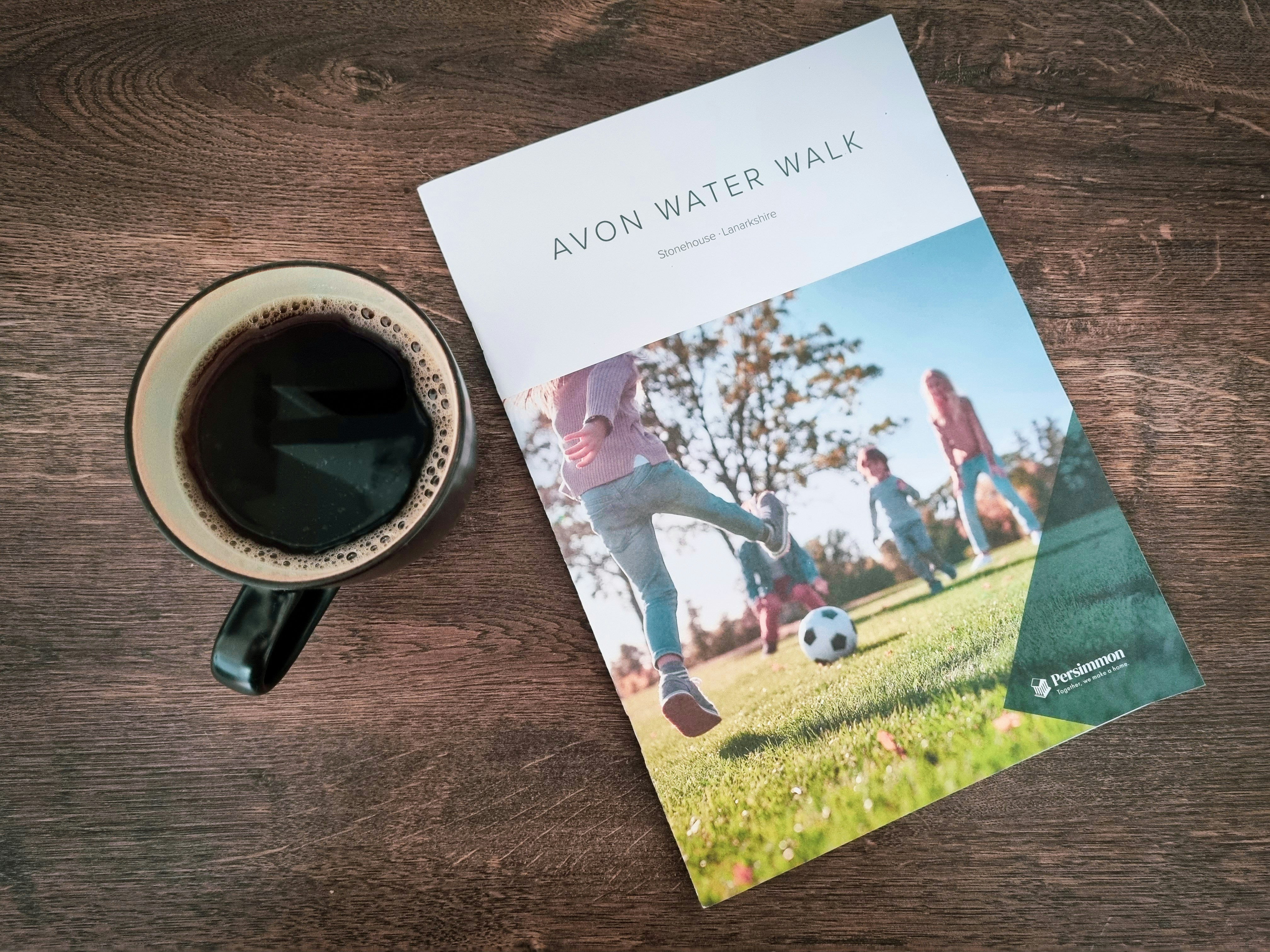

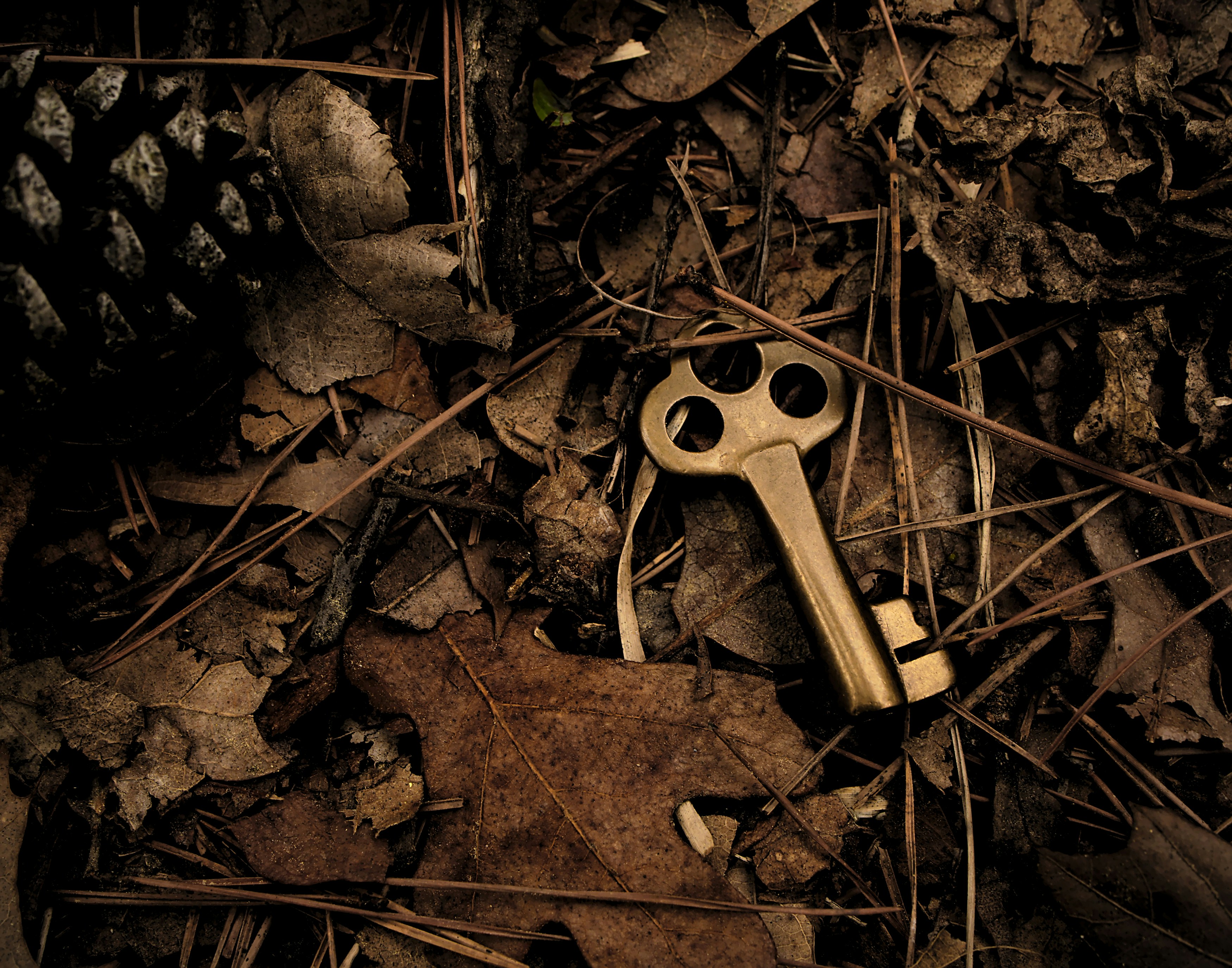

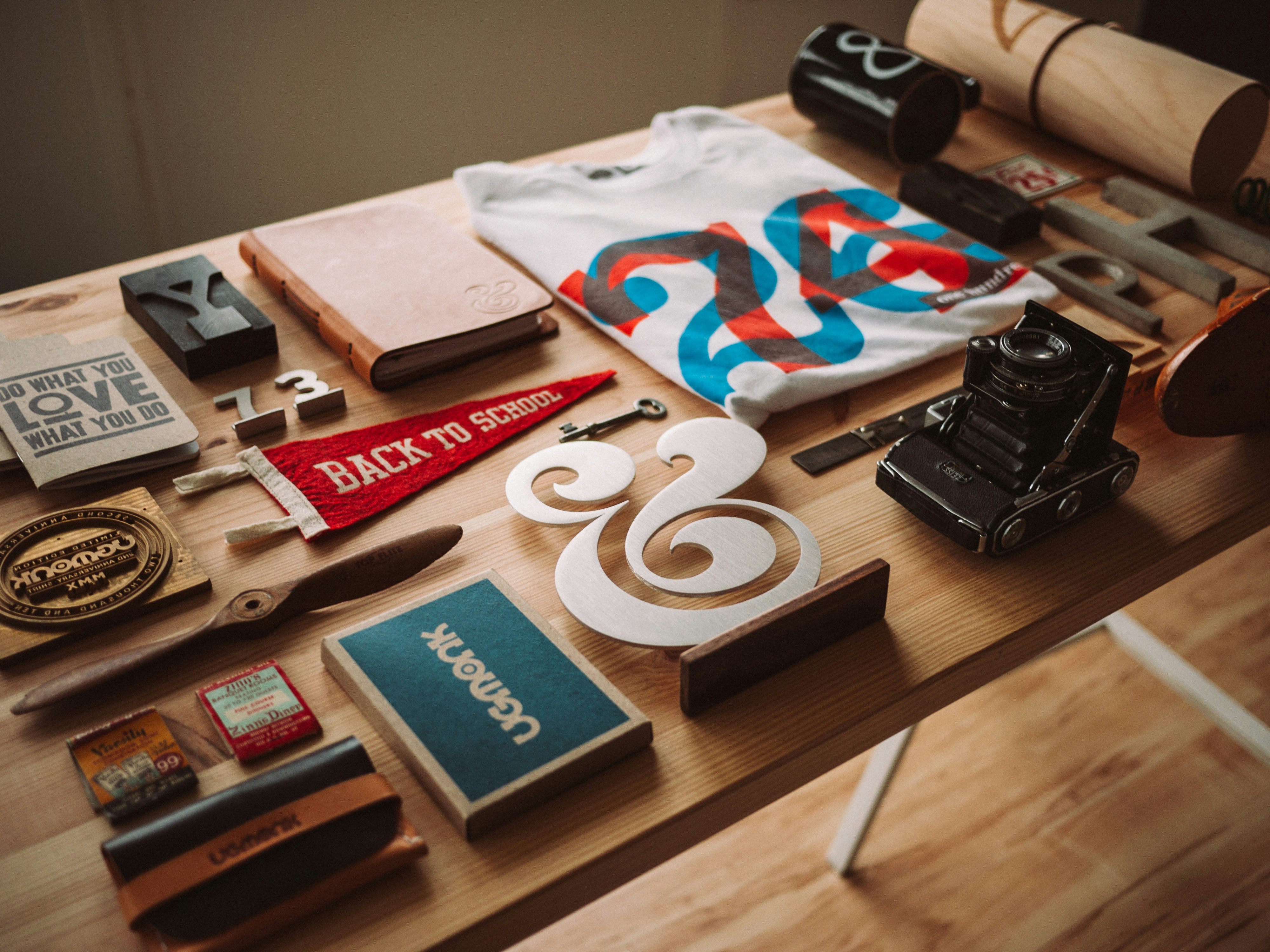
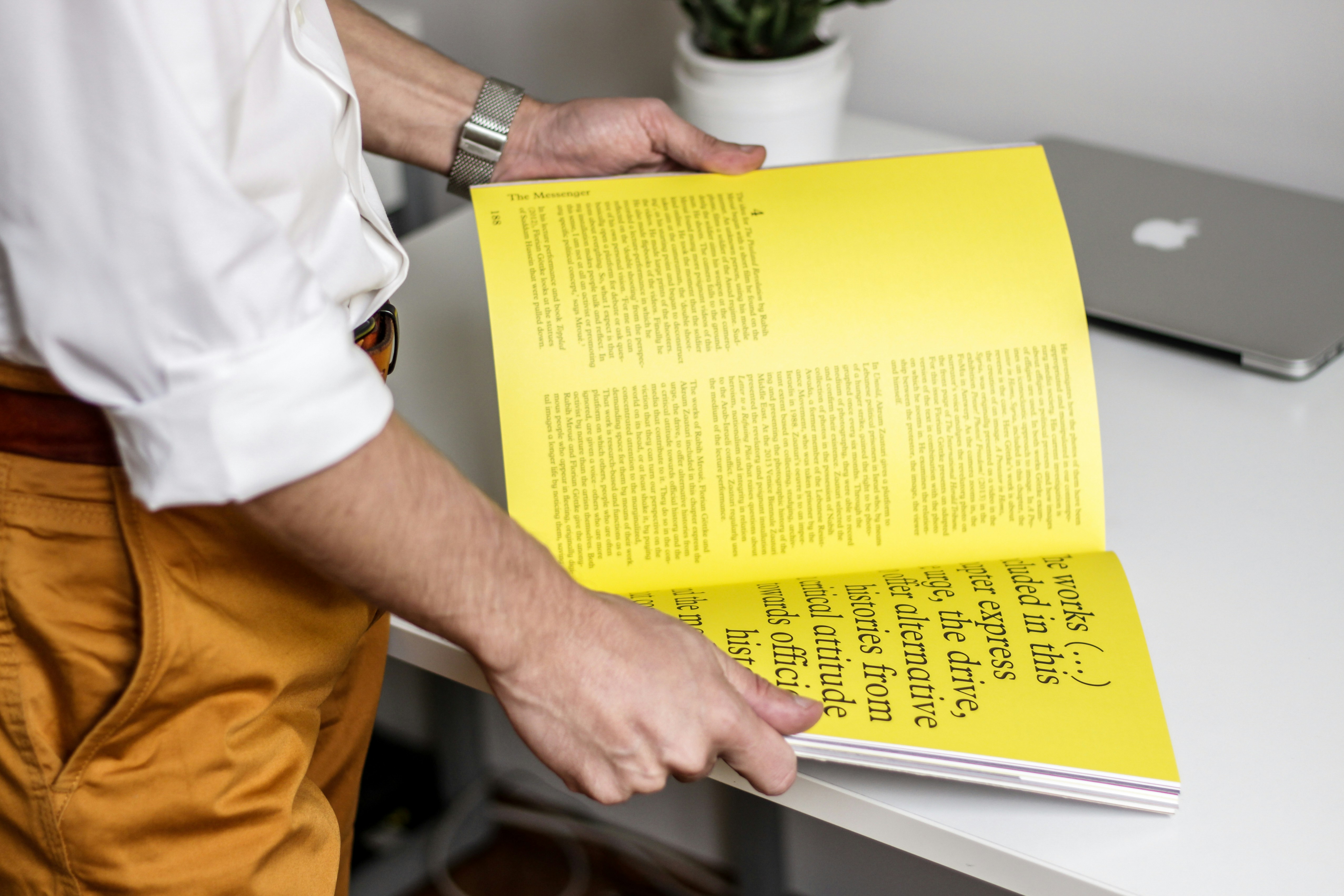
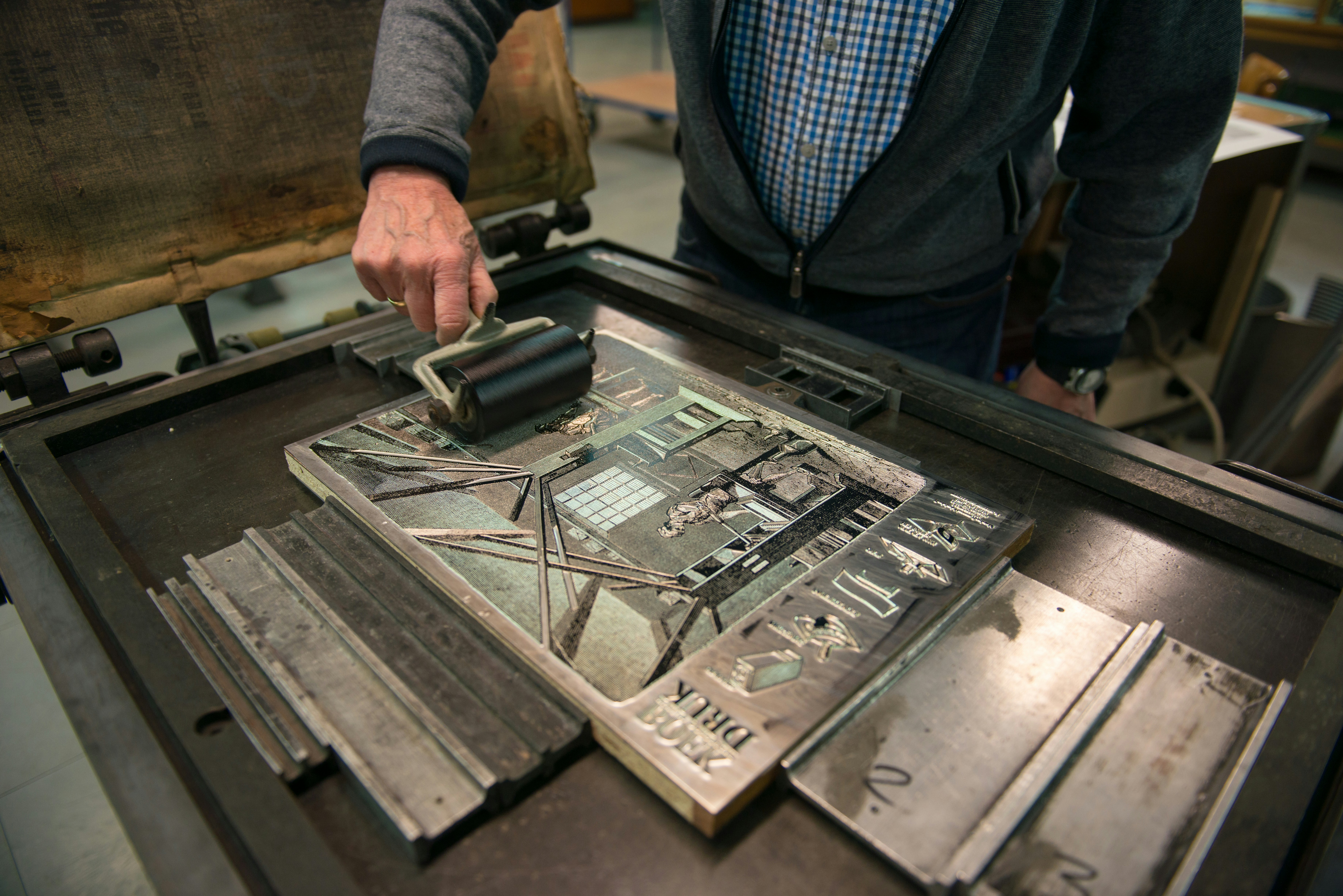

Comments
Post a Comment